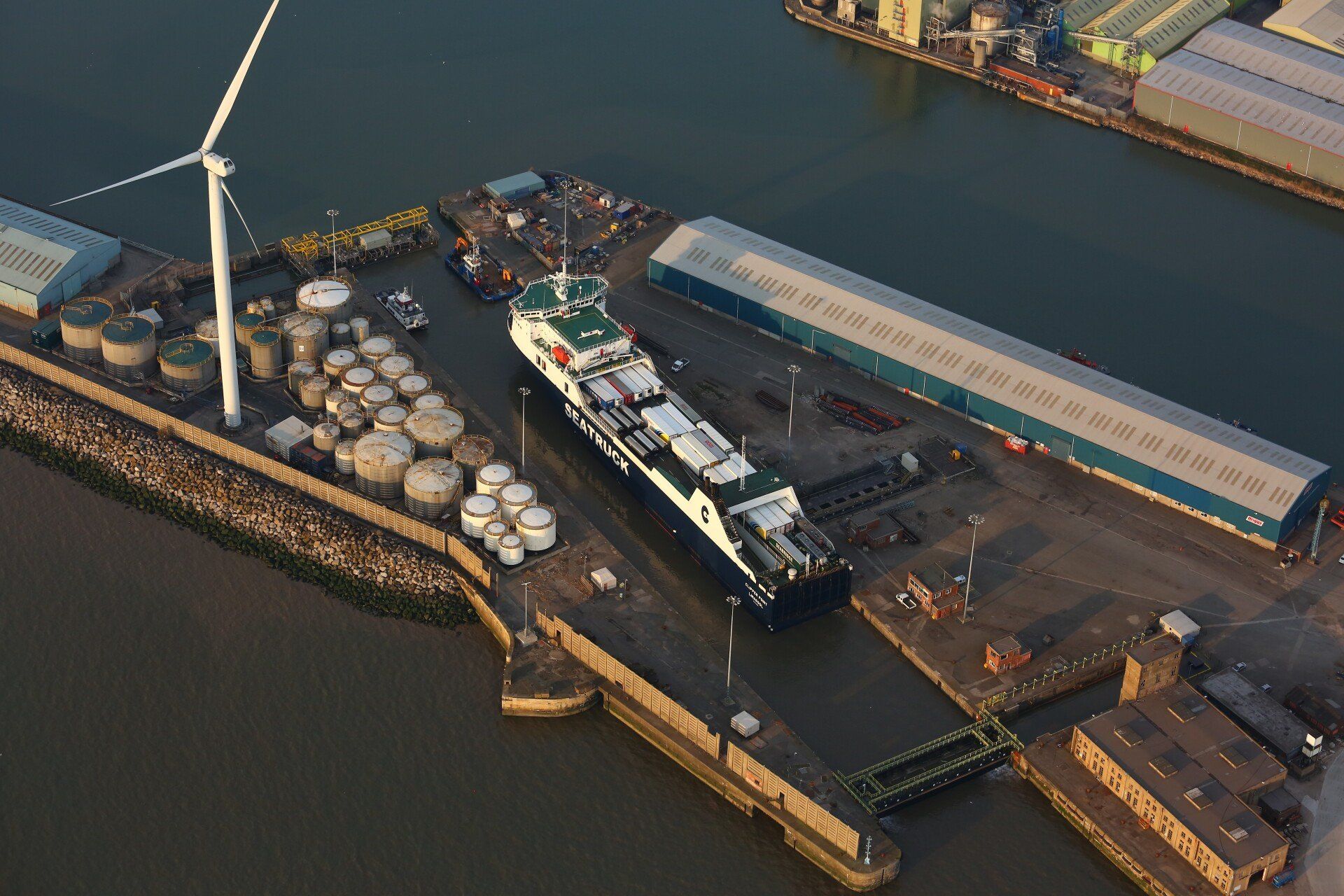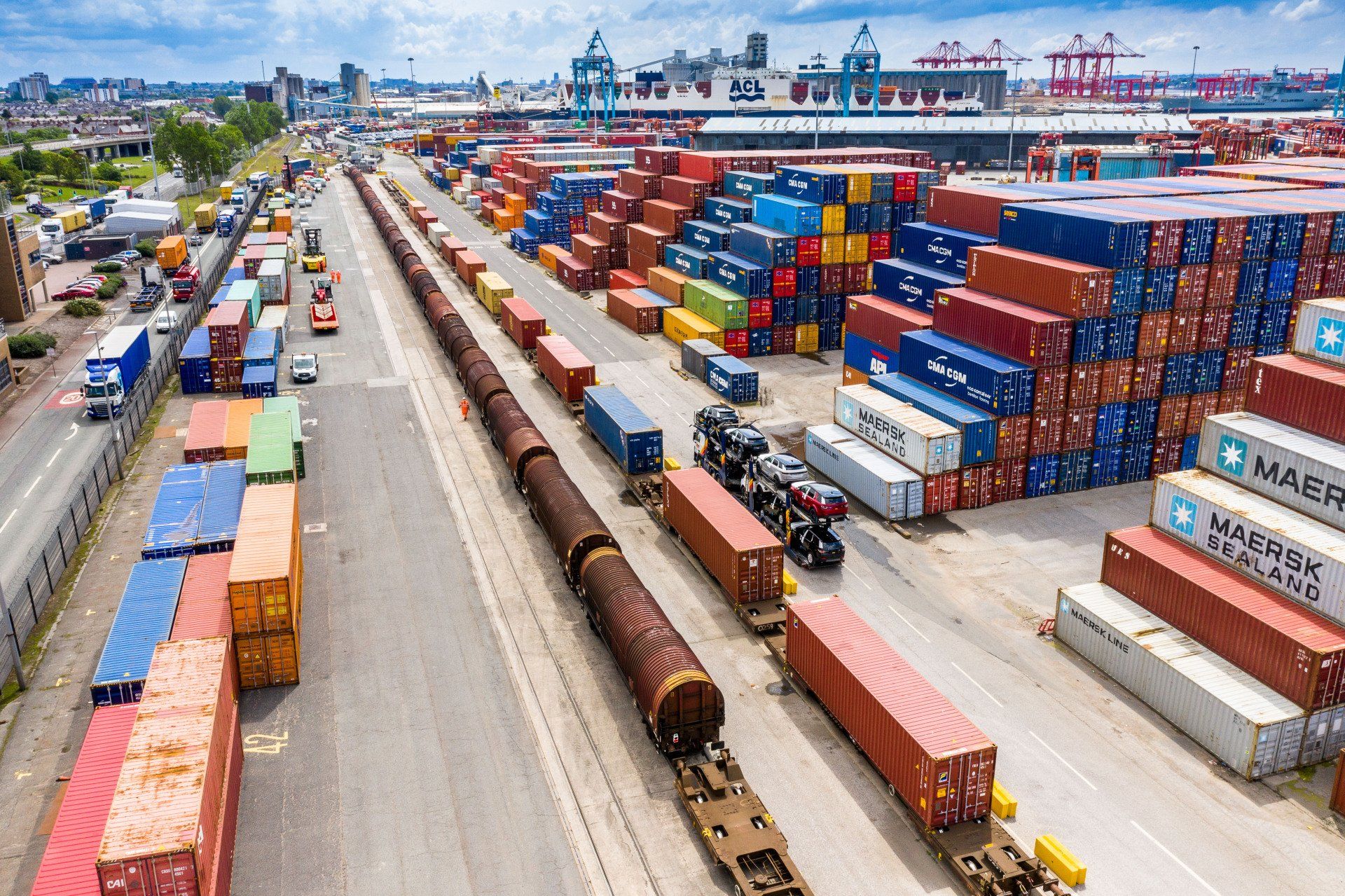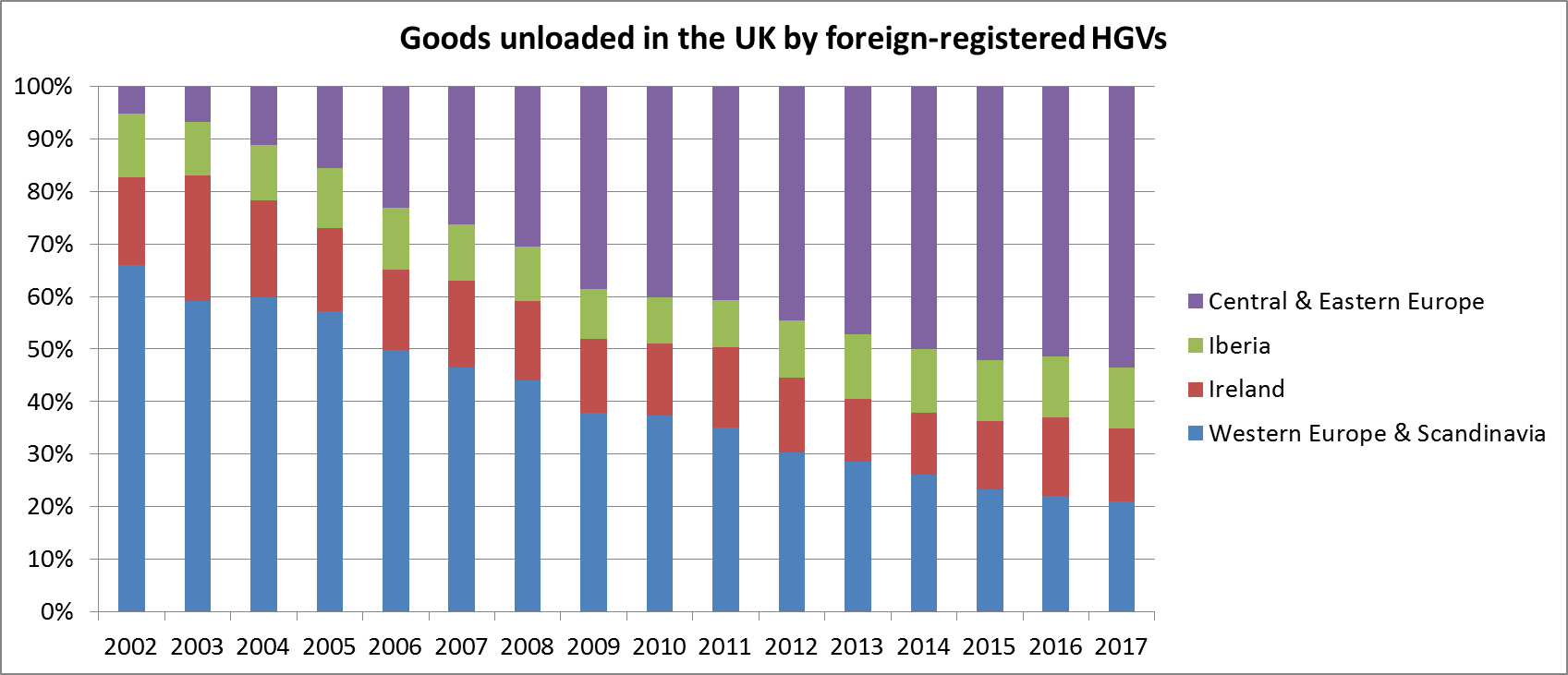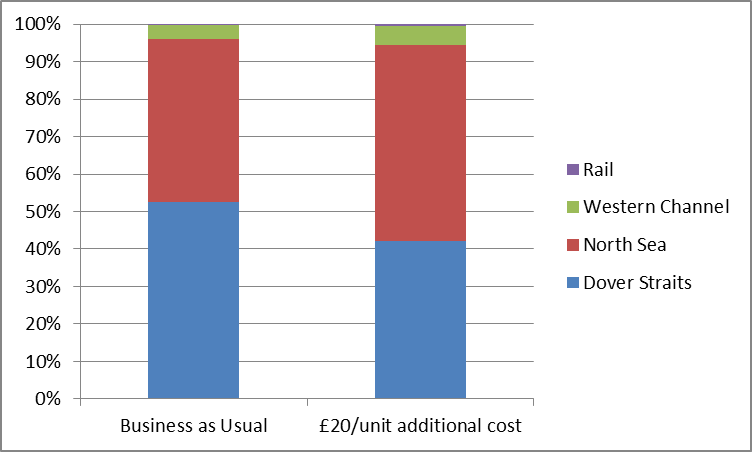VIEWPOINT - FERRIES

Following the trials and tribulations of coping with the UK’s economic exit from the European Union on 1st January 2021 and the on-going uncertainty about negotiations on the Northern Ireland Protocol, the latest development in the Irish Sea RORO market is the acquisition of Seatruck Ferries by CLdN which was announced on 20th September. This continues a general trend for consolidation in the European RORO industry, but may not cause competition concerns in the Irish Sea market.

MDS Transmodal launched its Freight Data Hub at the Modelling World Conference in Birmingham on 9th June 2022. The Freight Data Hub is a new way for the public sector, transport planning consultants and commercial organisations in Great Britain to access high quality and robust freight transport data. It directly addresses the need for “new and better data” on freight that was originally asserted by the National Infrastructure Commission in 2018 and now partially endorsed by the Department for Transport’s Future of Freight: a long-term plan which was launched by Trudy Harrison MP, Parliamentary Under Secretary of State for Transport on 15th June.

The DfT’s Future of Freight: long term plan sets out a key strategic goal of ”A planning system which fully recognises the needs of the freight and logistics sector, now and in the future, and empowers
the relevant planning authority to plan for those needs. The Government is intending to update the guidance for Local Transport Plans to ensure that freight needs are key considerations in Local Transport Plan-making. As a contribution to the evidence that local authorities can draw on, the Freight Data Hub service provides free data for each of 80 unitary authorities, county councils and combined authorities in England that are responsible for producing local transport plans and strategies in England.
This free data provides
information on the annual movement of HGVs to and from the local authority
area, the number of large-scale warehouses and aggregate floorspace in the area
and the top three ferry or container ports that serve the trade to and from the
area. It provides a heat map of the
origins and destinations of HGVs for each area.
Freight Data Hub
also provides a digital resource that sets out the wealth of
freight transport data that is available and how it can be used effectively
within Local Transport Plans, including alongside passenger data in local
highways models, and to develop specific freight strategies for local areas.
The
free freight data for local areas can be accessed via:
SERVICES

Following the trials and tribulations of coping with the UK’s economic exit from the European Union on 1st January 2021 and the on-going uncertainty about negotiations on the Northern Ireland Protocol, the latest development in the Irish Sea RORO market is the acquisition of Seatruck Ferries by CLdN which was announced on 20th September. This continues a general trend for consolidation in the European RORO industry, but may not cause competition concerns in the Irish Sea market.

MDS Transmodal launched its Freight Data Hub at the Modelling World Conference in Birmingham on 9th June 2022. The Freight Data Hub is a new way for the public sector, transport planning consultants and commercial organisations in Great Britain to access high quality and robust freight transport data. It directly addresses the need for “new and better data” on freight that was originally asserted by the National Infrastructure Commission in 2018 and now partially endorsed by the Department for Transport’s Future of Freight: a long-term plan which was launched by Trudy Harrison MP, Parliamentary Under Secretary of State for Transport on 15th June.

The DfT’s Future of Freight: long term plan sets out a key strategic goal of ”A planning system which fully recognises the needs of the freight and logistics sector, now and in the future, and empowers
the relevant planning authority to plan for those needs. The Government is intending to update the guidance for Local Transport Plans to ensure that freight needs are key considerations in Local Transport Plan-making. As a contribution to the evidence that local authorities can draw on, the Freight Data Hub service provides free data for each of 80 unitary authorities, county councils and combined authorities in England that are responsible for producing local transport plans and strategies in England.
This free data provides
information on the annual movement of HGVs to and from the local authority
area, the number of large-scale warehouses and aggregate floorspace in the area
and the top three ferry or container ports that serve the trade to and from the
area. It provides a heat map of the
origins and destinations of HGVs for each area.
Freight Data Hub
also provides a digital resource that sets out the wealth of
freight transport data that is available and how it can be used effectively
within Local Transport Plans, including alongside passenger data in local
highways models, and to develop specific freight strategies for local areas.
The
free freight data for local areas can be accessed via:

About 90% of HGVs bringing imports into the
UK from the European continental mainland are foreign-registered and for this
reason the UK needs to maintain a liberalised market for the transport of goods
to and from the EU after Brexit. The
dominance of the UK market by overseas registered hauliers is due to the
shippers of the goods – mainly exporters to the UK based on the continental
mainland - finding it more cost effective to use local hauliers to transport
their goods. These overseas-based hauliers
then seek backloads (of much lower volumes) of UK exports to return with a load
to the continental mainland.

With continuing uncertainty about exactly how the UK will leave the European Union, there remains a risk of a disorderly ‘No Deal’ Brexit on 31 December 2020. As the Dover Straits provide the shortest and most frequent crossings between Great Britain and the continental mainland and the ports and terminals on this corridor are space constrained, the introduction of customs and other controls at the borders may lead to delays and the disruption of existing supply chains.

MDST has won the Maritime Professional Services Award at the Mersey Maritime Industry Awards 2017! The award was in recognition of the consultancy’s work in developing a freight and logistics strategy for the North of England and its follow-up work for Merseytravel on the implications of this strategy specifically for the Liverpool City Region.
The main elements of the freight and logistics strategy – which would involve the implementation of measures by the public sector to encourage further investment by the private sector - were identified as being to:
- Concentrate a higher proportion of warehousing
on rail and water connected logistics sites (Multi-modal Distribution Parks or
MDPs), including on sites within the Liverpool City Region such as at Seaforth
Docks;
- Upgrade road access to ports in the North,
including to the Port of Liverpool;
- Provide more trans-Pennine road capacity and
upgrade rail loading gauge across the Pennines;
- Expand rail network capacity available for rail
freight services along the major north-south routes and across the Pennines.
The company is delighted that the independent evaluation panel has recognised the contribution that the company has made to the long-term development of the freight and logistics sector in the Liverpool City Region and across the North of England.
